"From everything that a man in his life instinct raises and builds, nothing is better and more valuable in my eyes than bridges. They are more important than houses, holier than temples. Everyone and everyone is equal, useful, always built meaningfully, at the place where the greatest number of human needs intersect, they are more persistent than other buildings and do not serve anything that is secret or evil.

Izvor fotografije: panoramio.com. Mostovi na Miljacki
Large stone bridges, witnesses of extinct epochs when people lived, thought and built differently, gray or rusted from wind and rain, often cut on sharply cut corners, and in their compositions and imperceptible cracks thin grass grows or birds nest. Thin iron bridges, stretched from one shore to another like wires, which tremble and sound from every train that rushes by; they still seem to be waiting for their last shape and their perfection, and the beauty of their lines will be revealed completely through the eyes of our grandchildren. Wooden bridges at the entrance to Bosnian towns whose gnawed beams play and rattle under the hooves of village horses like xylophone boards. And, finally, those very small bridges in the mountains, in fact a large tree or two nailed together, crossed over a mountain stream that would be impassable without them. Twice a year a mountain torrent carries, when it comes, that log, and the peasants blindly persistent as ants, cut, comfort and install new ones. That is why these former bridges can often be seen along those mountain streams, in the bays between the rocks; they lie and rot like the rest of the wood flooded by the case, but those compressed logs, doomed to fire or rot, stand out from the rest of the sediment and still remind us of the goal they served. All of them are essentially one and equally worthy of our attention, because they show the place where a man encountered an obstacle and did not stop in front of it, but overcame and bridged as he could, according to his understanding, taste, and the circumstances he was surrounded by. And when I think of bridges, the ones that come to my mind are not the ones I crossed the most, but the ones that kept and captured my attention and my spirit the most. First of all, Sarajevo bridges. On Miljacka, whose riverbed is the backbone of Sarajevo, they are like stone vertebrae. I see them clearly and count them in order. I know their arches, I remember the fences. Among them is one who bears the fateful name of a young man, small but constant, drawn into himself as a good and silent fortress that does not know about surrender or betrayal. Then, the bridges I saw on my travels, at night from the train, thin and white as an apparition. Stone bridges in Spain, overgrown with ivy and imagined over their own image in dark water. Wooden bridges across Switzerland, covered with a roof due to heavy snow, look like long barns and are decorated inside with images of saints or miraculous events, like chapels. Fantastic bridges in Turkey, erected approximately, guarded and maintained by fate. Roman bridges in southern Italy, made of white stone, from which time has rejected everything that could be rejected, and next to which a new bridge has been leading for a hundred years, but they still stand the same way, like skeletons on guard. Thus, everywhere in the world, wherever my thought moves or stops, it encounters faithful and silent bridges as an eternal and eternally unsaturated human desire to connect, reconcile and unite everything that arises before our spirit, eyes and feet, not to be division, opposition or parting. So too in dreams and arbitrary play of the imagination. Listening to the bitterest and most beautiful music I have ever heard, a stone bridge suddenly appeared to me, cut in half, and the broken sides of the broken arch tended painfully towards each other, and with the last effort they show one possible line of the arch that disappeared. It is fidelity and the sublime irreconcilability of beauty, which allows only one possibility next to it: non-existence. After all, as soon as this life of ours is said - thoughts, efforts, looks, smiles, words, sighs - it all tends to the other shore, which is governed as a goal, and on which it is just getting its true meaning. All this has something to overcome and overcome: disorder, death or nonsense. Because, everything is a crossing, a bridge whose ends are lost in infinity, and according to which all earthly bridges are just children's toys, pale symbols. And all our hope is on the other side."( Ivo Andric)
The bridge is a structure made to cross natural and artificial obstacles. The purpose of the bridge is to allow the passage of people and vehicles. The first bridges were wooden and stone, and now they are built of different materials, such as steel, concrete, reinforced concrete, prestressed concrete. Bridges are still built from traditional materials such as wood and stone. The construction of bridges has been going on for centuries with its easy development. Initially, construction tasks were limited to pedestrian crossings and smaller bridges. The emergence of railways and the development of road traffic required the construction of bridges with large openings and lengths. Real bridges were made of nature itself. Simply, the trunk fell over the stream, or the stones fell into the river. The first man-made bridges were probably primitive wooden benches. Advances in technology have made it possible to build wooden bridges, sometimes on stone pillars or on hanging benches. In the Old Roman Empire they knew arches, and thanks to the arches it was possible to build bridges out of stone. Aqueducts were built near large cities and some exist to this day. After the fall of the Roman Empire, the builders continued the Roman traditions of construction. Romanesque bridges were just coming out of the way and Roman models. The advent of Gothic and powerful empires improved the construction of bridges and bridges were built with larger arches. With the advent of the Renaissance, major changes took place and the pillars became lighter and the bridges became wider. Aqueducts were built near large cities and some exist to this day. After the fall of the Roman Empire, the builders continued the Roman building traditions. Romanesque bridges were just coming out of the way and Roman models. The advent of Gothic and powerful empires improved the construction of bridges and bridges were built with larger arches. With the advent of the Renaissance, major changes took place and the pillars became lighter and the bridges became wider. Aqueducts were built near large cities and some exist to this day. After the fall of the Roman Empire, the builders continued the Roman traditions of construction. Romanesque bridges were just coming out of the way and Roman models. The advent of Gothic and powerful empires improved the construction of bridges and bridges were built with larger arches. With the advent of the Renaissance, major changes took place and the pillars became lighter and the bridges became wider.
Types of bridges
- Arched bridges - one of the oldest types of bridges built by the Romans for their aqueducts and viaducts, many of which still exist today. An example of a modern arch bridge is Harbor Bridge in Sydney.

Ауторска права: x-default
-Beam bridges - bridges whose beams are laid on pillars or supports. These bridges can have a span of up to 300 m. They are often used on highways.

-Lattice bridges - bridges that support triangle-shaped gratings. They are being built to bridge gorges, rivers and other obstacles. They are often used for railways.

-Suspension bridges - bridges composed of iron chains and steel wires. They have mainly two steel pillars, each of which stands on one supporting pillar. They can have a span of 1,200 m or more and are among the safest bridges in the world. Some famous suspension bridges are the Storebelt in Denmark, the Brooklyn Bridge, the Golden Gate and the Pont de Normandy.

Storebæltsbroen sett fra Storebælt bro- og naturcenter på Sjælland

For centuries, bridges have been a symbol of unification and unification, but they have also in a way represented a landmark and a status symbol of the city. See which bridges we admire today

Tower Bridge, Engleska




Hangzhou, Zhegang Province, China

Let's go back to the beginning of the story now. On the territory of the former Yugoslavia, there are a large number of beautiful bridges. The cities with the most beautiful bridges in the former Yugoslavia are Skopje

and Sarajevo.

The most famous bridge was in Mostar,

and the most famous bridge based on the novel by Ivo Andric is the Mehmed Pasa Sokolovic Bridge.

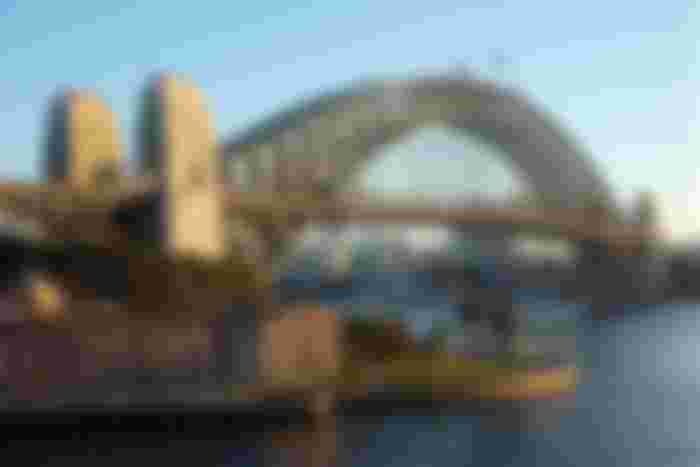


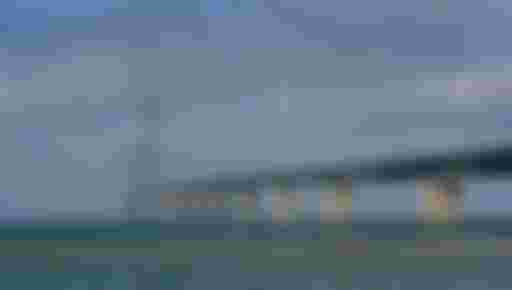

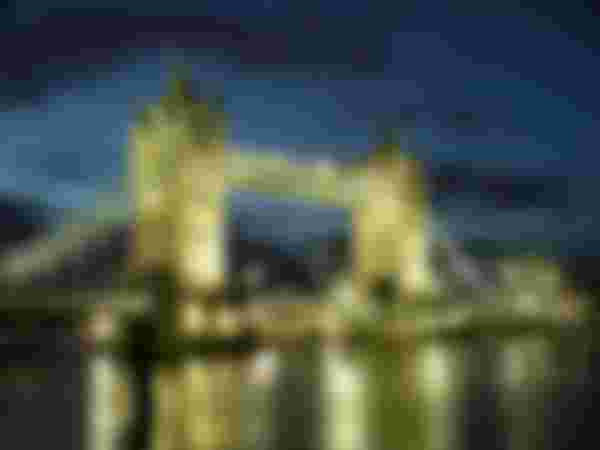


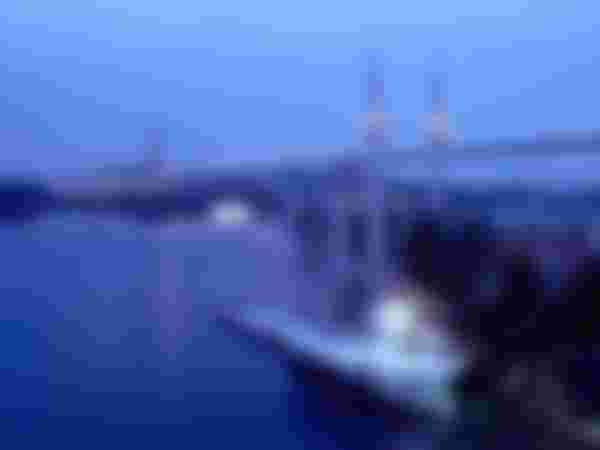
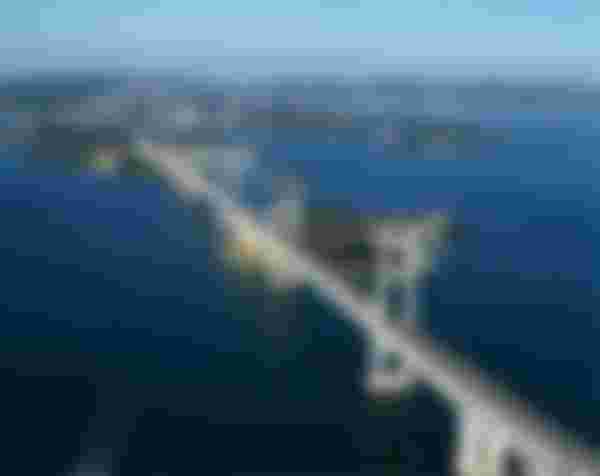
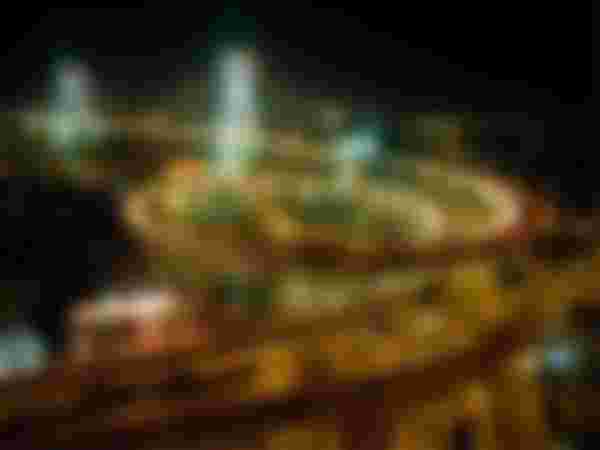
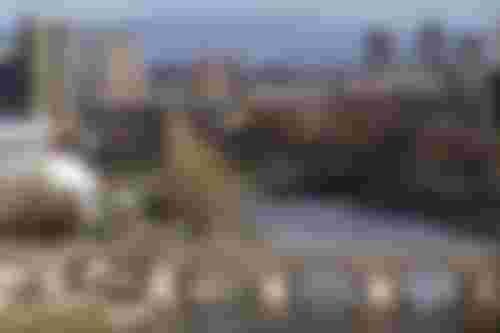

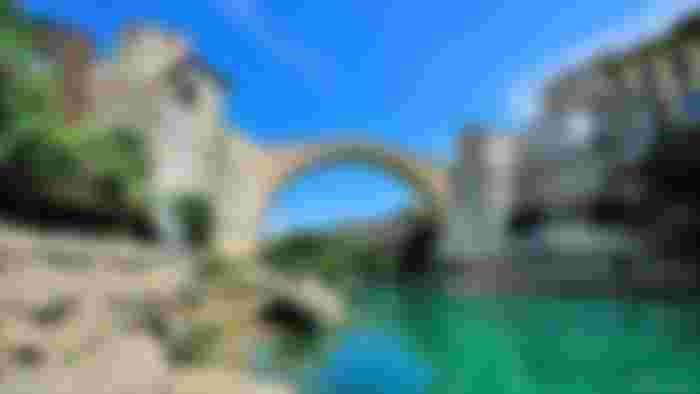
Very good article.